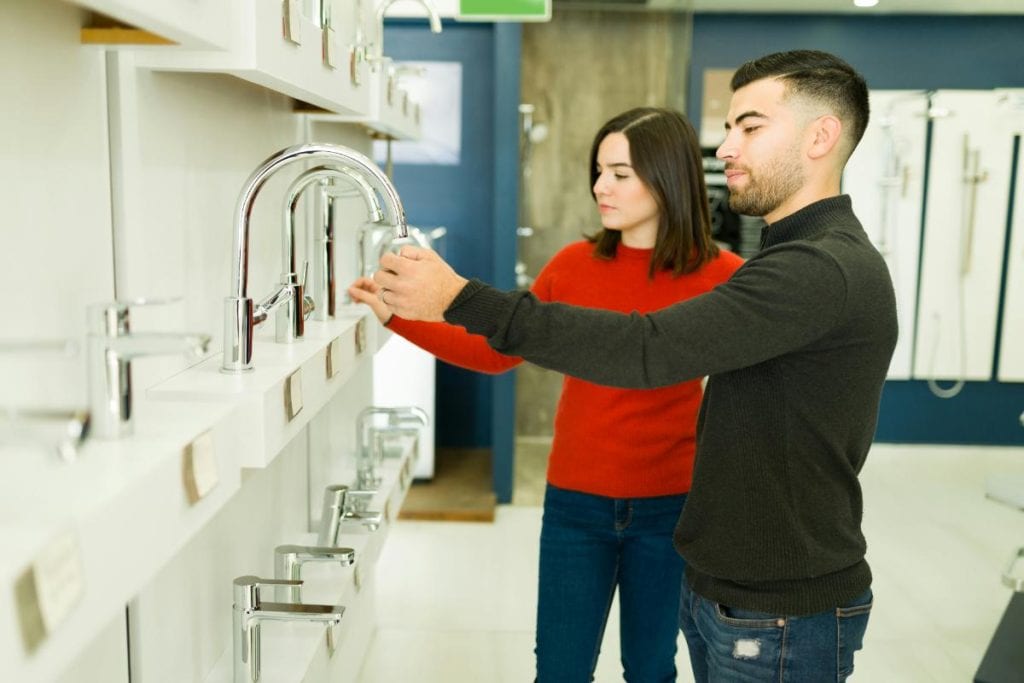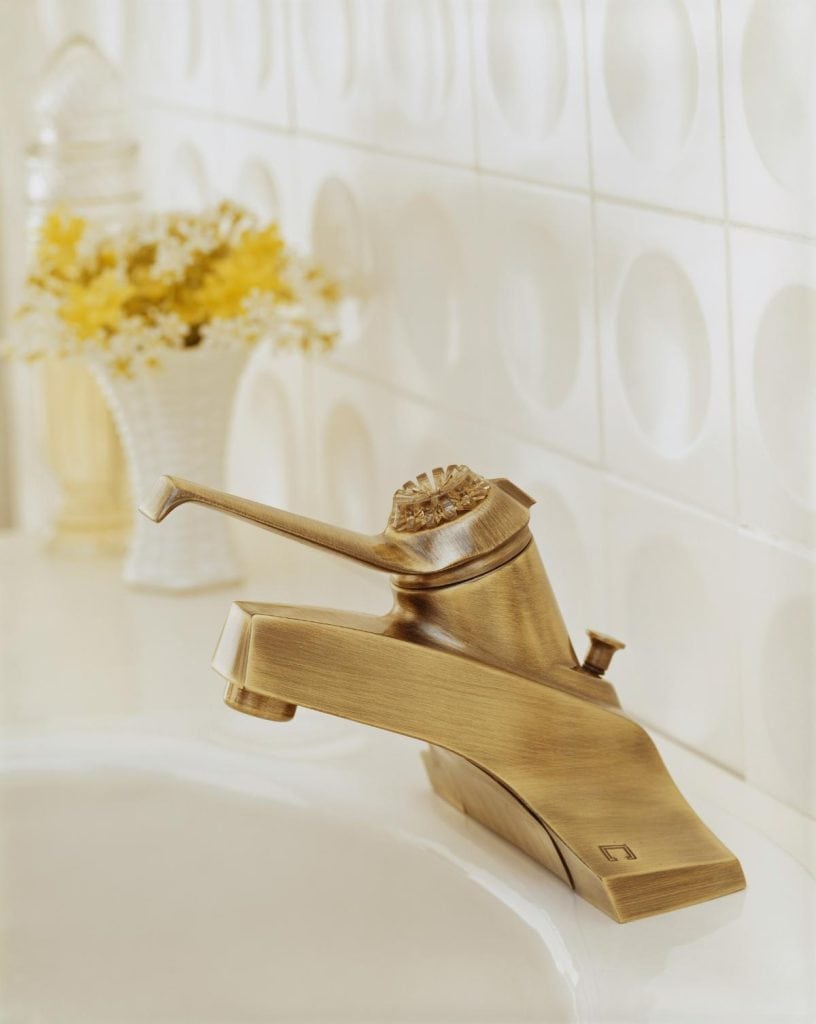Replace bathroom and kitchen plumbing fixtures when they show signs of wear, such as leaks, rust, or frequent clogs. Upgrading outdated fixtures improves efficiency, conserves water, and enhances the aesthetic appeal of your space. Regular inspections can help identify when replacements are necessary to avoid more significant issues.

What You Need to Know About Fixtures
Among the items you use most frequently in your home are the plumbing fixtures in the kitchen and bathroom. They endure constant use and, over time, can show signs of wear and tear. Knowing when to replace them is essential to keep your home looking and functioning well. If you are dealing with persistent issues, it might be time to look into new plumbing fixtures to ensure everything runs smoothly.
Knowing the signs indicating it’s time for a replacement can help you avoid more significant problems. In this detailed guide, we’ll explore various indicators that suggest it’s time to replace your bathroom and kitchen plumbing fixtures, the benefits of upgrading, and the steps to take for a successful replacement.
Signs Your Fixtures Need Replacing
- Frequent Leaks: It might be time for a replacement if you’re constantly fixing leaks. Persistent leaks often indicate deteriorating materials that no longer provide a proper seal. They can also indicate internal corrosion or wear that can’t be fixed with simple repairs.
- Persistent Stains and Rust: Stains or rust that can’t be cleaned off are more than just an eyesore; they indicate a deeper problem within the fixture. Rust can suggest that the metal components are breaking down, affecting the fixture’s integrity and effectiveness over time.
- Low Water Pressure: Reduced water pressure can signal internal corrosion or other blockages, compromising your fixture’s functionality. This can be particularly noticeable in older fixtures that must be appropriately maintained.
The Impact of Outdated Fixtures
Outdated fixtures can affect more than just the look of your space; they can lead to significant functional issues. For example, older fixtures may not meet current efficiency standards, leading to wasted water and higher utility bills. Even more worrisome, they can be a source of water damage if leaks go unnoticed or untreated. Fixtures that were replaced on time could have prevented structural damage, mold growth, and other expensive repairs.
Moreover, old fixtures often need more modern design and technology to make plumbing more efficient and convenient. Upgrading to new fixtures allows one to incorporate the latest innovations to make everyday tasks easier and more enjoyable.
Benefits of Upgrading Plumbing Fixtures
- Increased Efficiency: Modern fixtures use less water and can significantly reduce your water bills. According to the Environmental Protection Agency, WaterSense-labeled products can save households about 30% on water usage. These savings can add up quickly, making new fixtures a cost-effective choice in the long run.
- Improved Aesthetics: New fixtures can enhance the look and feel of your kitchen or bathroom, giving it a fresh and updated appearance. Modern designs come in various styles and finishes, allowing you to easily match your fixtures to your overall décor.
- Added Home Value: Updating your fixtures can increase the overall value of your home, making it more appealing to potential buyers. Real estate professionals often note that updated kitchens and bathrooms can significantly influence a buyer’s decision, making this upgrade a wise investment if you plan to sell your home.
Steps to Replace Your Fixtures
- Turn Off the Water Supply: To avoid potential flooding, ensure you shut off the water supply. Locate your home’s main water valve and turn it off before proceeding. Having a bucket or towel on hand is also helpful in catching any residual water in the pipes.
- Remove the Old Fixture: Carefully unscrew and remove the old fixture. Do not harm any plumbing already connected to the new fixture. Use a wrench or pliers if necessary, and follow the fixture manufacturer’s instructions to avoid damaging other parts of your plumbing system.
- Install the New Fixture: Follow the manufacturer’s instructions to install your new fixture correctly. Make sure all connections are secure to prevent future leaks. Using plumber’s tape on threads might also be beneficial to ensure a tight fit and prevent leaks.
- Test for Leaks: Restart the water supply and inspect the newly installed area for leaks. This step ensures everything is functioning correctly. If you find leaks, tighten the connections or reapply the plumber’s tape.

Choosing the Right Fixtures
When selecting new fixtures, consider durability, water efficiency, and style. Look for fixtures with a high-efficiency rating to help reduce water consumption. Fixtures that match your home’s décor will also ensure a cohesive look. Certifications such as WaterSense can guide you in making environmentally friendly choices that will save you money on your water bills.
Consult resources like the HouseLogic guide on spotting plumbing leaks for valuable insights into preventing plumbing issues in your home and choosing fixtures that best suit your needs. You can select aesthetically pleasing fixtures that offer enduring performance and efficiency by conducting extensive research.
Replacing bathroom and kitchen plumbing fixtures at the right time can prevent potential water damage, improve your home’s aesthetics, and increase its overall value. You can ensure your house stays attractive by watching for telltale indicators like rust and discoloration, poor water pressure, and recurrent leaks. Feel free to upgrade your fixtures as needed to take advantage of the advantages of contemporary, practical plumbing fixtures.
